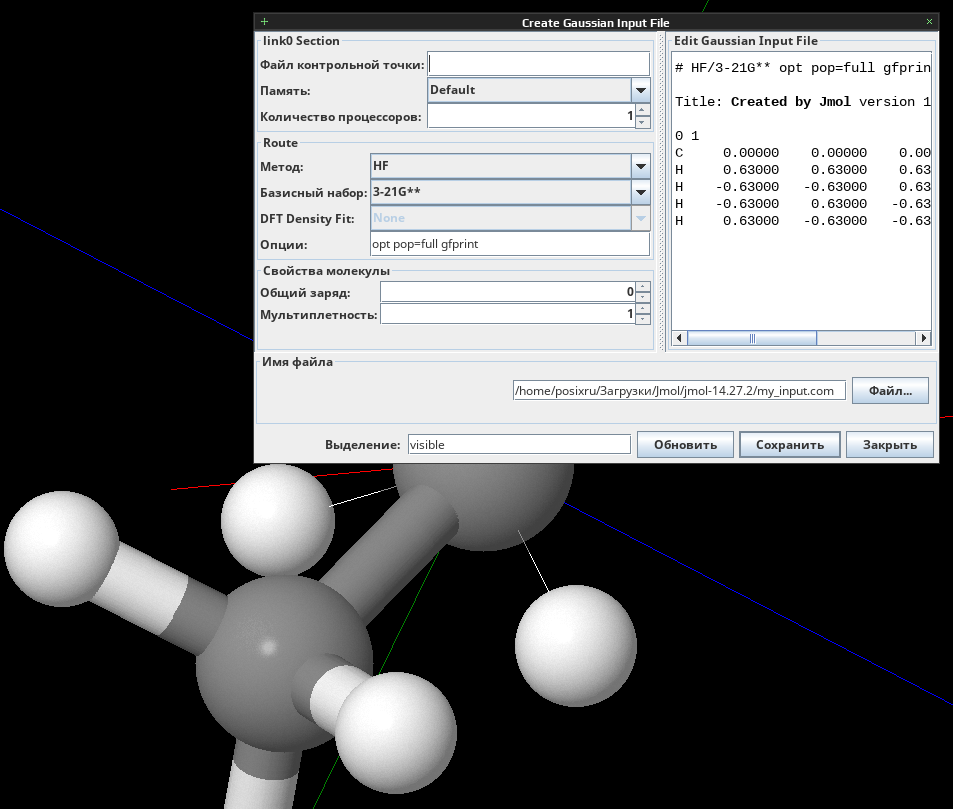
A detailed report of the structural analysis is also available for the non-experts in structural biology. For each of the 4 M variants, the results of the structural analysis are presented in a friendly concise format that can be included in clinical genetic reports. The results of the structural analysis are available in the dedicated web catalogue Missense3D-DB ( ). The same is true for 19.0% ( n = 6266) of variants of unknown clinical significance or conflicting interpretation reported in the ClinVar database. We demonstrate that 14% of amino acid substitutions from the GnomAD database that could be structurally analysed are predicted to affect protein structure ( n = 568,548, of which 566,439 rare or extremely rare) and may, therefore, have a yet unknown disease-causing effect. We were able to perform large-scale atom-based mapping and phenotype interpretation of 3,960,015 of these variants onto 18,874 experimental and 84,818 in house predicted three-dimensional coordinates of the human proteome. We examined 10,136,597 human missense genetic variants from GnomAD, ClinVar and UniProt. New approaches are urgently needed to prioritize variants, especially those that are rare or lack a definitive clinical interpretation. The interpretation of human genetic variation is one of the greatest challenges of modern genetics. Underpinning the latest version of AlphaFold is a novel machine learning approach that incorporates physical and biological knowledge about protein structure, leveraging multi-sequence alignments, into the design of the deep learning algorithm.

We validated an entirely redesigned version of our neural network-based model, AlphaFold, in the challenging 14th Critical Assessment of protein Structure Prediction (CASP14)15, demonstrating accuracy competitive with experiment in a majority of cases and greatly outperforming other methods. Here we provide the first computational method that can regularly predict protein structures with atomic accuracy even where no similar structure is known. Despite recent progress10–14, existing methods fall far short of atomic accuracy, especially when no homologous structure is available. Predicting the 3-D structure that a protein will adopt based solely on its amino acid sequence, the structure prediction component of the ‘protein folding problem’8, has been an important open research problem for more than 50 years9. Accurate computational approaches are needed to address this gap and to enable large-scale structural bioinformatics. Structural coverage is bottlenecked by the months to years of painstaking effort required to determine a single protein structure. Through an enormous experimental effort1–4, the structures of around 100,000 unique proteins have been determined5, but this represents a small fraction of the billions of known protein sequences6,7.

Proteins are essential to life, and understanding their structure can facilitate a mechanistic understanding of their function. Finally, we observe that mutations at different types of interfaces tend to have distinct property changes when undergoing amino acid substitutions associated with disease, and that this is linked to substantial variability in their identification by computational variant effect predictors. We also find that residues that do not directly participate in an interface, but are close in three-dimensional space, show a significant disease enrichment. We find that different types of interfaces vary greatly in their propensity to be associated with pathogenic mutations, with homomeric heterologous and DNA interfaces being particularly enriched in disease. Here we investigate the properties of human pathogenic and putatively benign missense variants at homomeric (isologous and heterologous), heteromeric, DNA, RNA and other ligand interfaces, and at different regions in proteins with respect to those interfaces. While it is known that mutations at protein interfaces have a high potential to be damaging and cause human genetic disease, there has been relatively little consideration for how this varies between different types of interfaces. The assembly of proteins into complexes and their interactions with other biomolecules are often vital for their biological function.


 0 kommentar(er)
0 kommentar(er)
